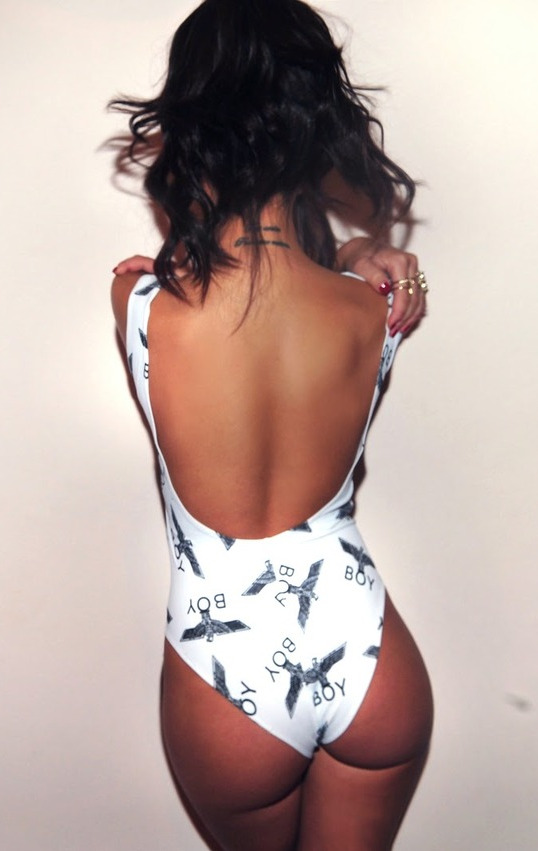Photo
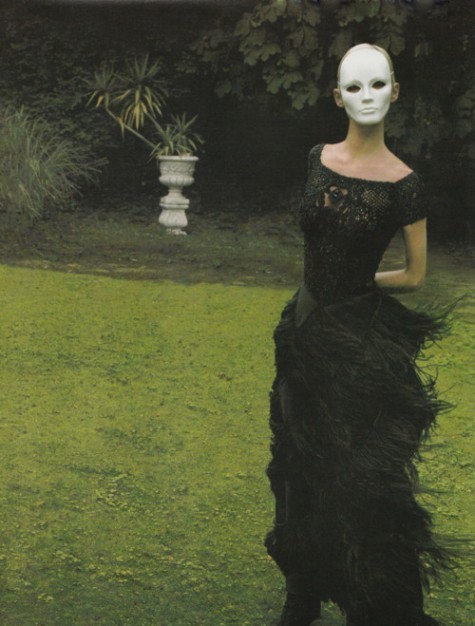
Valentino Haute Couture Fall 2002
3K notes
·
View notes
Audio
Ariana Grande Baby I
7 notes
·
View notes
Photo
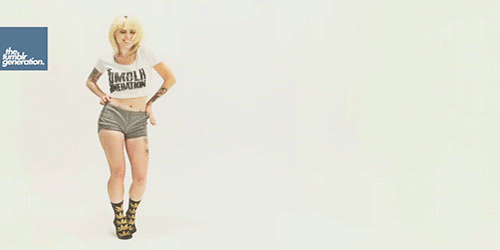
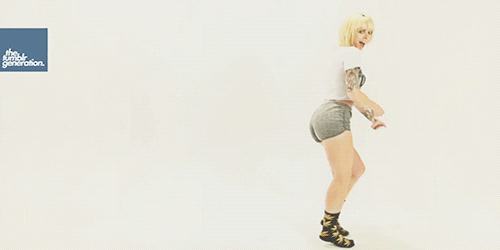

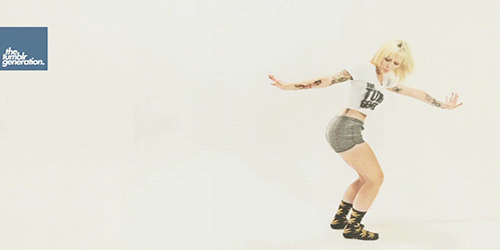
Alysha Nett
2K notes
·
View notes
Photo


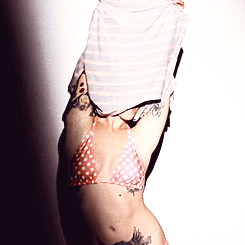



3K notes
·
View notes
Audio
Jay-Z; Part II (On The Run) Magna Carta Holy Grail (2013)
133 notes
·
View notes
Photo
Duane Michals
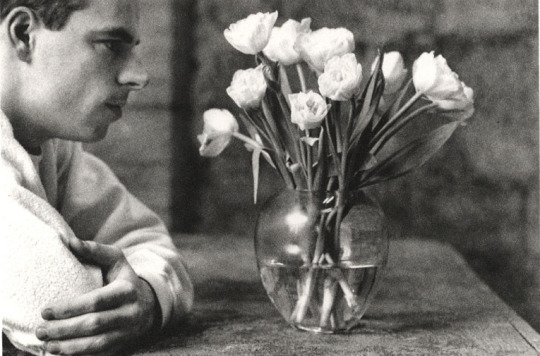
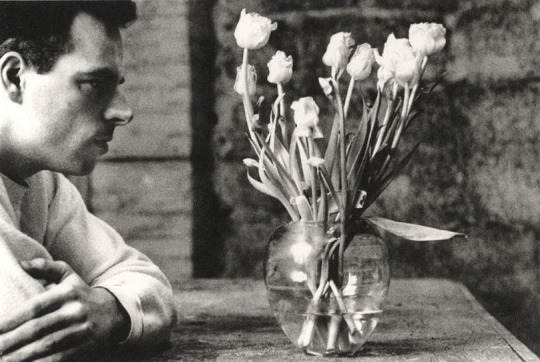
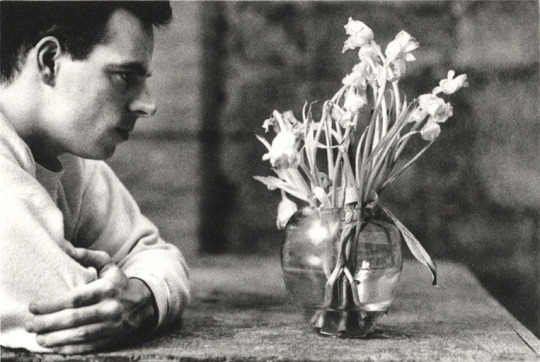

14K notes
·
View notes
Photo
23.

15K notes
·
View notes
Photo

shot by @joshfarria in SF
644 notes
·
View notes
Audio
Drake The Motion
15 notes
·
View notes
Photo

Obama/ Malcolm X, from the “Then & Now” project by Marc Ghali (x)
58 notes
·
View notes
Audio
Metro Zu; I Can Tamer Haunted Clothes (2011)
7 notes
·
View notes
Video
Inside Jay Z’s new album Magna Carta Holy Grail (New)
Drops July 4th.
youtube
514 notes
·
View notes
Photo
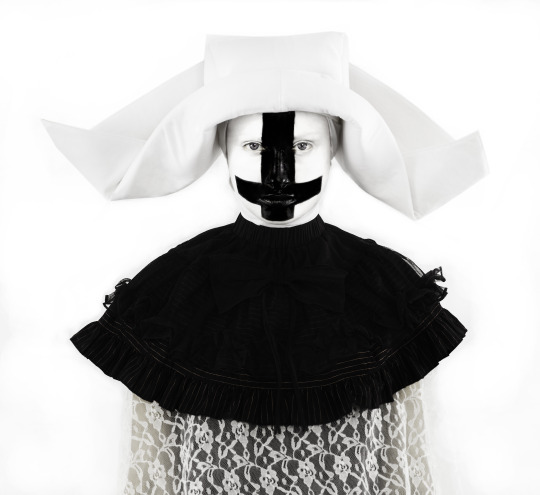


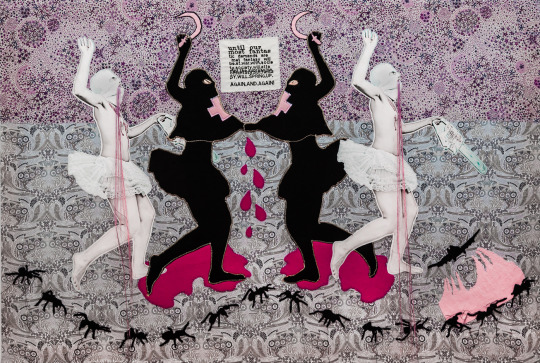
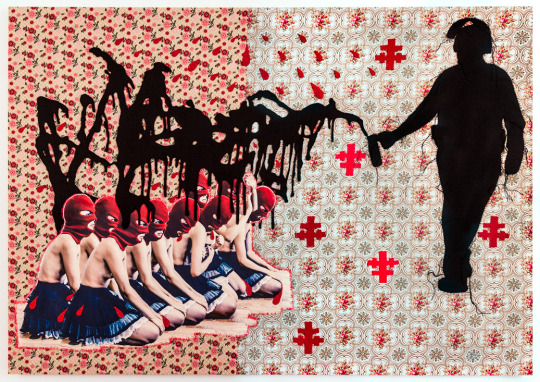
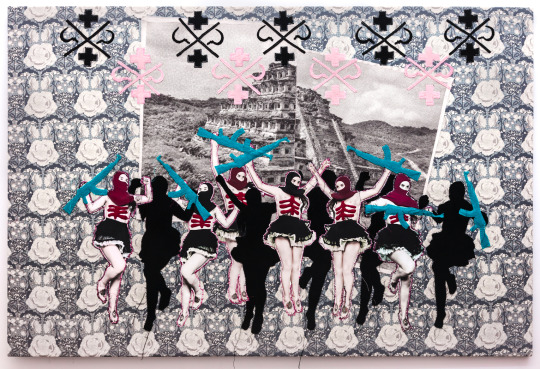

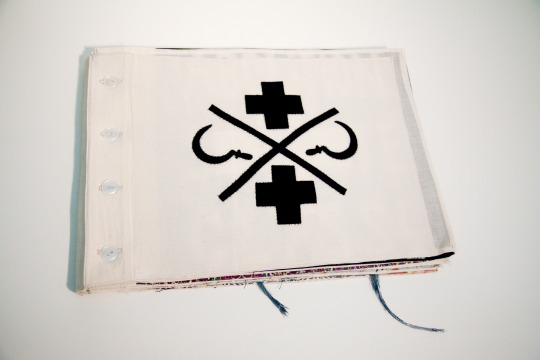

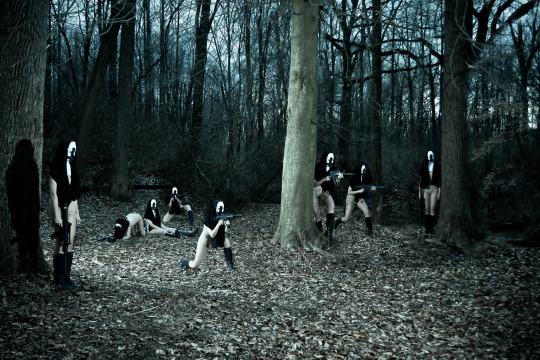
nycARTscene Interview: Elektra KB
Elektra KB’s work can be seen at concurrent exhibitions in two New York galleries, BravinLee (526 W26th Street, NYC; thru June 28) and Allegra LaViola Gallery (179 East Broadway, NYC; thru June 22).
She is performing TONIGHT, June 15 (4pm) at Allegra LaViola Gallery.
nycARTscene’s Hannah Krafcik leads us in conversation with the artist:
HK: You have two exhibitions showing right now. Would you tell us a little bit about your work “There are Women At the Gates Seeking a New World” at BravinLee, summarizing this world and mythological story that you bring to life?
EKB: I created a personal mythological realm of opposing forces, The Theocratic Republic of Gaia (currently running at Allegra LaViola Gallery) which takes place during “an imminent period of intense geological and social upheaval during which tensions built up over centuries will be discharged” and The Cathara Insurgent Women—dancing warriors in a colonized territory—an oppressive hierarchical state and its rebel counter parts.
I am interested in using art’s critical power and, at the same time, bringing elements of ludisme and humor. The work has a comment on Colonialism and Neo-Colonialism. The cloth artist’s book of the Cathara Insurgent Women at “There are Women At the Gates Seeking a New World” is akin to a window that opens into the realm of the rebels of the Theocratic Republic of Gaia. I employ personal mythological imagery, parallel to humanity’s quest for liberation, connoting a mix-tape historical survey oriented to Decolonization.
I use text that I appropriate from elements that have questioned the relationship of art and society, such as a situationist poster that reads: “Abolition de la Société de Classe.” I am also building a discourse on colonialist attitudes in a broad sense, not only socio-political, but also towards the female body. Hence, biographical element inspire the hierarchy—the Beings and the White Papess—of the Theocratic Republic of Gaia, which I use as colonial characters countered by the primitivist Cathara women.
I often use black shadows, which I can compare to a redacted text, suggesting what has been repressed. Elements such as the veil—a constant for women in the semiotic vocabulary of every religion—and the balaclava, inform a hiding, while the image of vomiting threads refers to a process of catharsis.
HK: Do you believe revolutionary art should be an integral part of life, as in primitive society, and not an appendage to wealth?
EKB: Primitive art, such as the Upper Paleolithic at Lascaux, is proof of art being an essential part of humanity before civilization, and not thanks to it. I am interested in art as an integral part of society and also in how it develops in indigenous cultures. I do look into Pre-Columbian art as well, which I often reference in my collage work. I am interested in building narratives that create realms of resistance and alternatives to the destructive relationship that art and capitalism have.
HK: How do you imagine the narrative imagery of “The Cathara Insurgent Women vs. The Theocratic Republic Gaia” informs viewers understanding of their “reality.” Do your ideas about “reality” shift as you immerse yourself in bringing these mythological stories into existence?
EKB: The Theocratic Republic of Gaia is a world that exists parallel to ours and shares uncanny similarities to it. It is informed by our world as well as by biographical elements. From a young age, it was a necessity for me to be able to create a world inside this world, where one could express anything without any fear.
Apart from using a personal mythology, with elements of play and a strong sense of humor, the work currently at Allegra LaViola Gallery brings elements of our world. The body of work is also informed by books such as Foucault’s Surveiller et Punir (the actual title of one of the works), Marx’s Philosophic Manuscripts and Guy Debord’s Society of the Spectacle among others. Offering a contemporary critique on subjects such as alienation (having stronger relationships with objects, than with persons or nature), excessive surveillance, and lost of freedom.
HK: Tell us about the different mediums you use to create work — how do the paintings, fabric, photographs, etc. operate as different viewing points into your mythology?
EKB: I use, in both the show at BravinLee and Allegra LaViola Gallery, quite a lot mediums historically associated with women’s role in art, e.g. photographs that are stitched on to fabric, felt, embroidery, and printmaking techniques. The shows include photography, video, and works on paper as well as works on fabric and a carved wood sculpture. For The Theocratic Republic of Gaia’s official state-clerical-body, I use mainly photography, video, and works on paper with a palette predominantly made of black, white silver, and gold.
The White Papess and the Beings of T.R.O.G are regal and sober. The work of the Cathara Insurgent Women is multi-colored, predominantly composed of works on fabric.
I start with a photograph that I print on to canvas and I use cloth as a medium. The cloth’s design has to be cliché-stereotypically “feminine”—and colonial—something that I find disgusting in a sense: colorful, and flowery, and something that I can subvert. I make these works to be somehow abject in my view. Incorporating the Cathara Insurgent Women and their clash of colors, I thought about indigenous dancing warrior women, in a territory colonized by the Trogians.
HK: Can you speak to the détournement of feminine identity, symbolism, and the historical silencing of women in your work?
EKB: I am interested in the anti-patriarchal struggle, which I found during my thesis research (it included authors such as Silvia Federici) that can be traced back to medieval times, if not further. Surely this was manifested in art—not always by women artists who often worked under a hidden identity, but by records of historic events such as the crusades and their insurgent rebel counterparts, the heretics, and the fight for land against the monarchic theocracy and landlords in the feudal setting.
I want to explore women’s identity, which has been constructed despite a violent effort to invalidate women as their own agency. I found out that, at one point during the middle ages, the clerical institution demonized women (witch-hunt, temptress) with the specific means of capital accumulation, the accumulation of land and riches. As the clergy held one of the most tyrant regimes, they used the imaginary and the superstitious as a powerful weapon to keep control of the power, not only creating a false and fictitious moral, but also deciding the evil nature of one sex.
Elektra KB: ElektraKB.com
Allegra LaViola Gallery: allegralaviola.com
BravinLee programs: bravinlee.com
610 notes
·
View notes
Photo
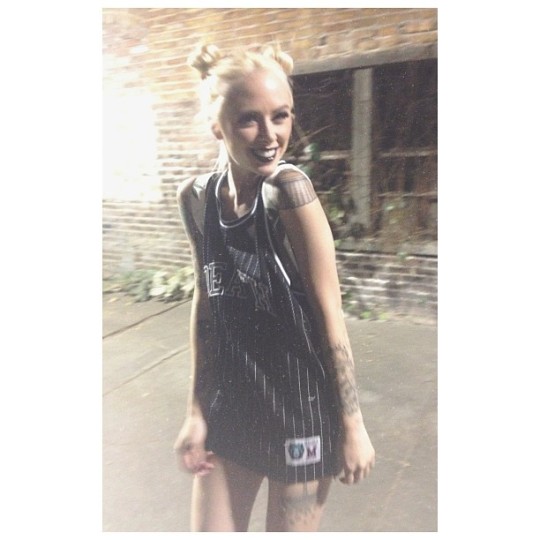
Another look from tonight with @teekthesneak. Makeup and BTS photo by @melefant. cc: @gregmishka
#Alysha Nett#Modeling#Blondes#White Girls#Tats#Ink#Tattooed Women#BTS#Fashion#Mishka#Melefant#Jerseys#Smile
209 notes
·
View notes
Quote
God is dead. God remains dead. And we have killed him. Yet his shadow still looms. How shall we comfort ourselves, the murderers of all murderers? What was holiest and mightiest of all that the world has yet owned has bled to death under our knives: who will wipe this blood off us? What water is there for us to clean ourselves? What festivals of atonement, what sacred games shall we have to invent? Is not the greatness of this deed too great for us? Must we ourselves not become gods simply to appear worthy of it?
Nietzsche, The Gay Science, Section 125, tr. Walter Kaufmann
1 note
·
View note

